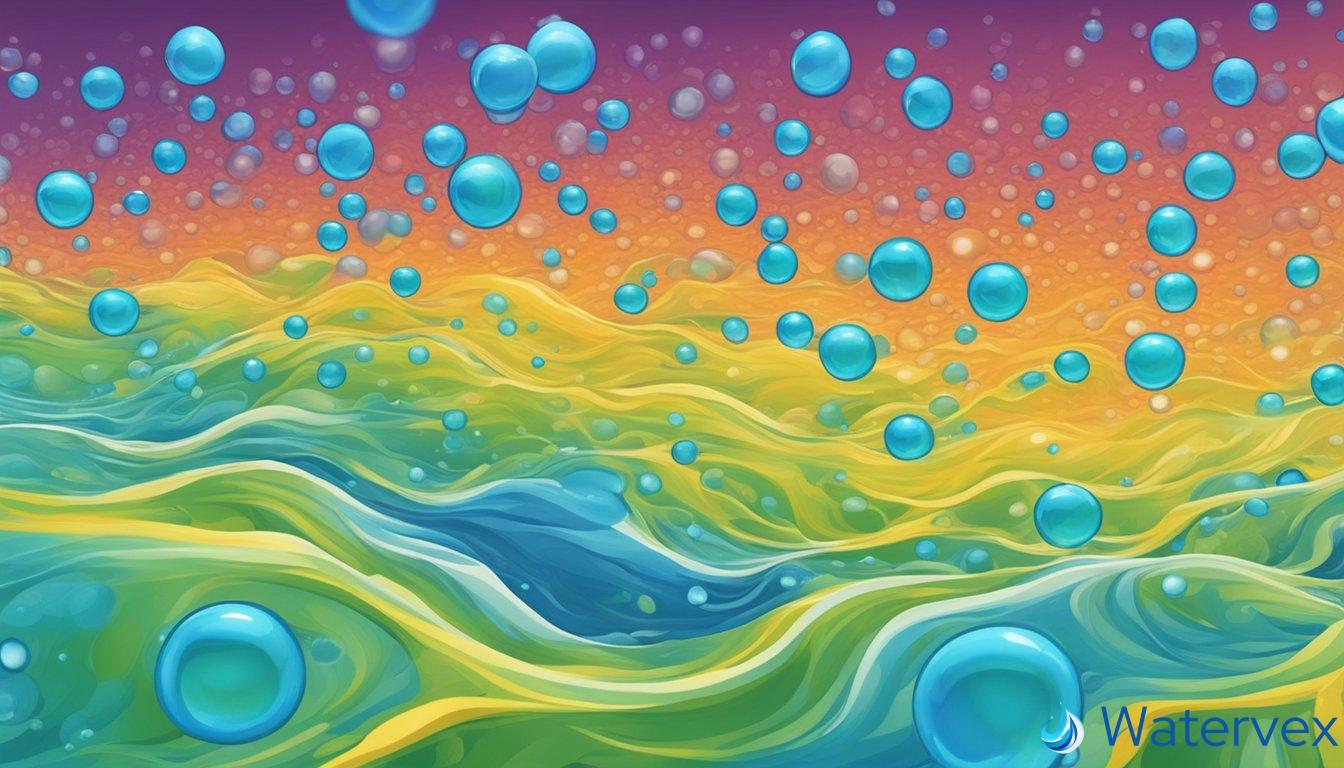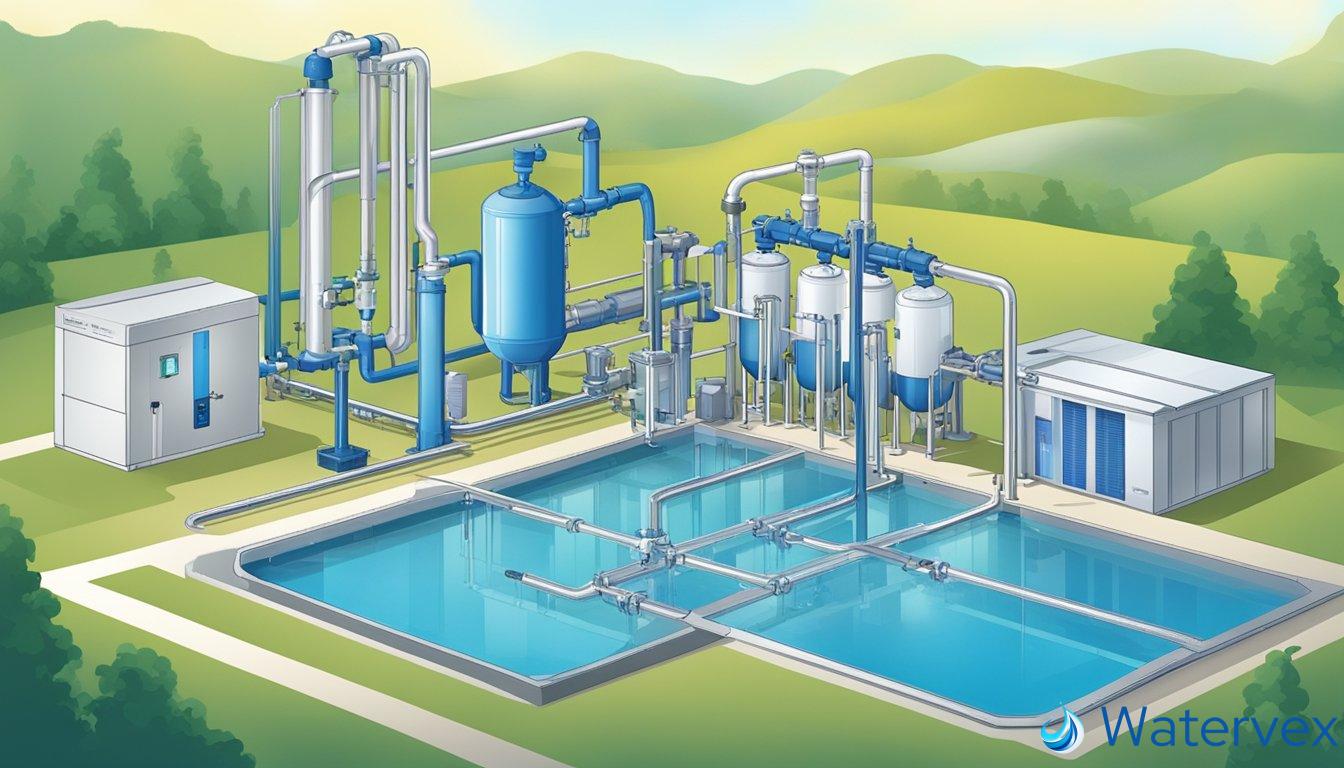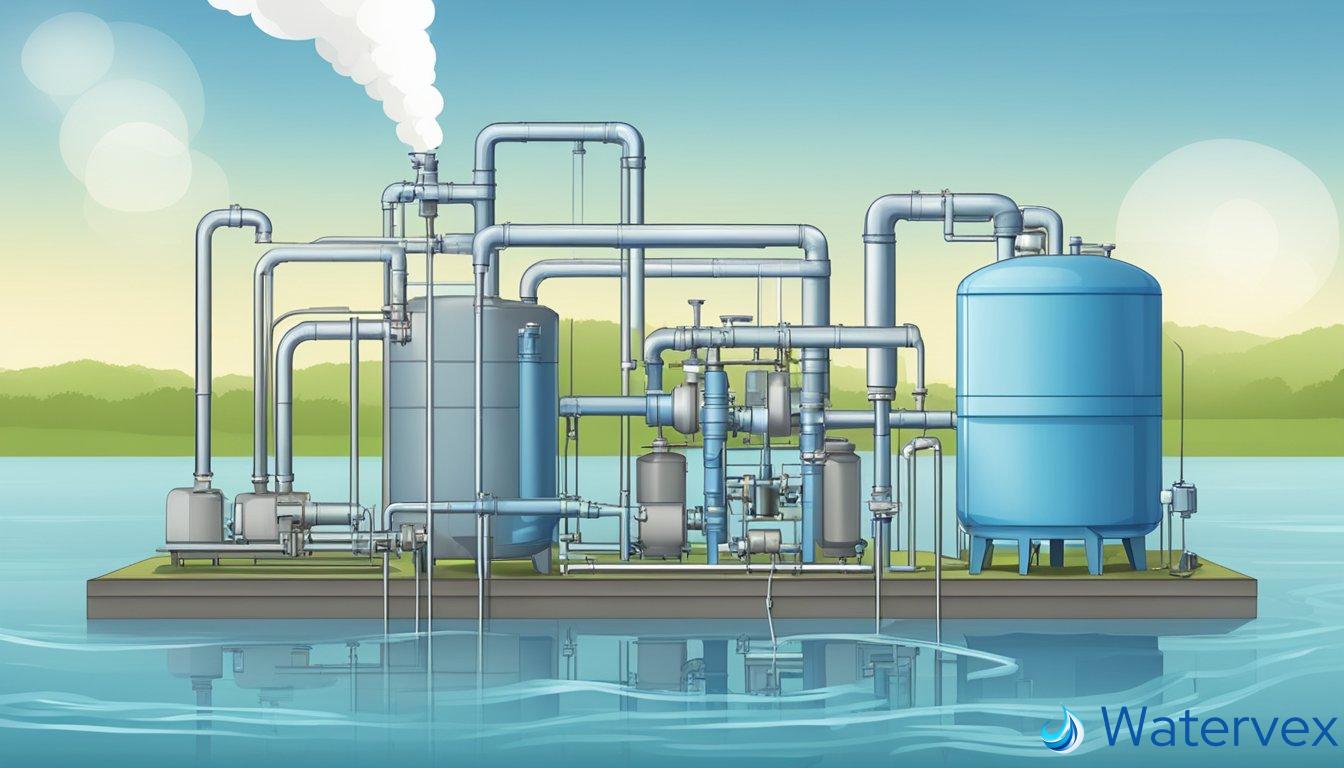Water treatment through oxidation is a chemical process garnering attention for its effectiveness in purifying our essential resource—water. When you think about keeping your family’s water safe, understand that chemical reactions are at play. Oxidation breaks down contaminants that can pose risks to your health and the environment.

At the heart of oxidation in water treatment is the goal to improve water quality for home use, protecting appliances from scale buildup and enhancing water taste. Oxidative methods utilize various chemicals and processes to render impurities harmless. It’s a science that’s constantly evolving, offering new solutions to water challenges worldwide.
Oxidizing agents, like chlorine and ozone, react with pollutants in your water, changing their makeup so they can be removed more easily. The chemistry involved is not just fascinating but also crucial for creating a safer home environment. As you consider water treatment systems, knowing how these processes work can empower you to make informed decisions about safeguarding your home’s water supply.
Key Takeaways
- Oxidation transforms harmful contaminants, enhancing water safety and taste.
- Understanding chemical processes in water treatment facilitates informed choices.
- Oxidation methods are crucial in tackling worldwide water purity challenges.
What Is Oxidation in Water Treatment?
Oxidation in water treatment is a vital process to degrade contaminants and improve water quality for safe consumption and environmental release.
Understanding Oxidation in Water Treatment
In water treatment, oxidation refers to a chemical process where substances like chlorine or ozone are introduced to water to break down pollutants, including natural organic matter and organic micropollutants. This action alters the chemical structure of the contaminants, transforming them into less harmful substances or making them easier to remove.
These oxidation processes serve a dual purpose: they target a wide array of contaminants and aid in disinfection. For instance, chlorine effectively diminishes the presence of pathogens. Similarly, advanced processes, like catalytic water treatment, use catalysts to enhance the rate of oxidation, yielding faster and more efficient results.
The Role of Oxidation in Wastewater Management
In wastewater treatment, oxidation does more than just purify water; it addresses environmental pollution concerns by targeting and reducing harmful by-products. By breaking down organic micropollutants, which could be pharmaceuticals or personal care products, oxidation processes mitigate their potential ecological and human health impacts.
Furthermore, tools like Total Organic Carbon (TOC) analyzers are used to measure the efficacy of the oxidation treatments by quantifying the organic compounds in the water pre- and post-treatment. Successful reduction of TOC is a testament to the effectiveness of the chosen oxidation method in water oxidation and the overall quality of the treated water.
How Does Oxidation Improve Water Quality for Home Use?

Oxidation is a robust method transforming unwelcome chemicals into less harmful substances right at home, ensuring your tap water is safer to drink and use.
From Contaminants to Clean: Oxidation at Home
When you incorporate oxidation processes like ozonation into your home water treatment, a rapid chemical reaction takes place. This reaction is key in breaking down pollutants such as pesticides and organic compounds that could be lingering in your water. The reaction kinetics are crucial—they dictate how quickly these contaminants are neutralized. For example, the faster the kinetic reaction, the more efficiently ozonation can degrade complex molecules, leading to a reduction in measures like chemical oxygen demand. It’s these kinetic reactions that enable effective oxidation and subsequent removal of contaminants from your domestic water.
Ensuring Safe Drinking Water Through Oxidation
Regarding disinfection, oxidation plays an integral role in eradicating waterborne pathogens that might be present in your drinking water. Oxidation processes like ozonation not only tackle everyday impurities but also help to suppress the formation of unwanted by-products such as trihalomethanes (THMs). These are substances sometimes created during traditional chlorine disinfection methods and could bear risks to your health. Therefore, with the right on-process application of oxidation, you can drink with confidence knowing that your water’s safety is enhanced, eradicating harmful microorganisms without adding hazardous residues.
Remember, the effectiveness of home water treatment systems using oxidation hinges on various factors, including the quality of the water entering the system. Water reuse considerations and the specific need to tackle hardness or scale are essential when selecting the oxidation method suitable for your home. Whether you’re dealing with desalination challenges or simply seeking overall improvement in water taste and safety, understanding and utilizing these water treatment principles can make all the difference.
What Are Common Oxidation Methods for Treating Household Water?

Oxidation methods are essential for ensuring the safety and quality of your household water. These processes neutralize harmful contaminants and improve water for drinking and everyday use.
Ozone, UV Light, and Other Oxidation Workhorses
Ozone is a potent oxidant frequently used in advanced water treatment. It’s highly effective at breaking down organic waste, including tough contaminants like benzene and atrazine. When ozone dissolves in water, it generates hydroxyl radicals, initiating a cascade of reactions leading to the mineralization of pollutants. UV light works differently. It applies ionizing radiation to water, which can disrupt the DNA of microorganisms, rendering them harmless. Combining UV light with oxidizing agents like hydrogen peroxide, a method known as the UV/chlorine process, can lead to more comprehensive water decontamination.
- Advanced Oxidation Process (AOP): Involves combining ozone or hydrogen peroxide with UV light to produce hydroxyl radicals.
- Photocatalysis: Uses light to activate a catalyst, typically titanium dioxide, which then produces radicals capable of degrading contaminants.
Choosing the Right Oxidation Method for Your Needs
Your choice should consider several factors:
- Contaminant type: Heavy metals may require different treatments like reverse osmosis.
- Water quality: High levels of certain minerals or TSS (Total Suspended Solids) can affect the efficiency of some oxidation methods.
- Economics: Some methods are costlier due to energy consumption or the need for new materials such as carbon nanotube technologies.
Different methods fit different scenarios. For example:
- Ozone is excellent for a wide range of pollutants but may form disinfection by-products.
- UV light is energy-efficient and leaves no residue but is less effective against certain heavy metals.
When deciding, consider also the potential addition of technologies like nanotechnology or single-atom catalysis for enhanced oxidation efficiency, and keep in mind that biological oxidation, such as the Fenton process, can be a part of tertiary treatment in wastewater treatment plants.
Remember, effective water management isn’t just about removing contaminants; it also focuses on the sustainability and energy efficiency of the treatment method, essential in the context of water scarcity and climate change.

